In the past six months, Google searches for the term ‘rucking’ have increased nearly 40 per cent.
This type of workout has quickly become one of the biggest fitness trends in 2024 and, if you’re anything like us, you’ve probably noticed more and more people walking or hiking outside while carrying a weight on their back.
So, what are the benefits of rucking? And how can you get started? Let’s find out.
READ MORE: Steph and Laura’s huge move to keep women safe while running
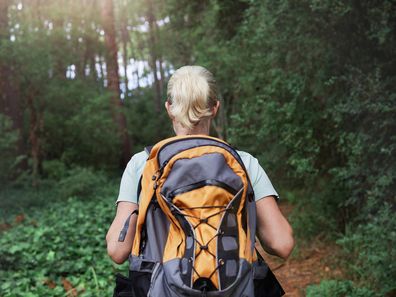
“Rucking involves walking or hiking with a weighted backpack or rucksack,” Jackson Anderson, a PT at Juniper, explains.
“The weight added to the backpack can vary depending on your fitness level and goals, but a common starting point is adding around 5-10% of your total body weight.
“The activity is inspired by military training exercises where soldiers carry heavy packs over long distances and has since gained popularity more broadly due to its simplicity, effectiveness and versatility.”
READ MORE: The simple tweak that’ll make your meals healthier

From stronger muscles to improved endurance and better mental well-being, turning up the intensity of your walks with some extra weight is good for you for many reasons:
If you’ve been looking for a new way to add cardio to your fitness routine, rucking is an excellent option. It “improves your cardiovascular endurance as it increases your heart rate while walking with added weight.”
Rucking is a full-body workout, training everything from your upper body to your legs.
READ MORE: Grease star has died aged 72: ‘She was magic’
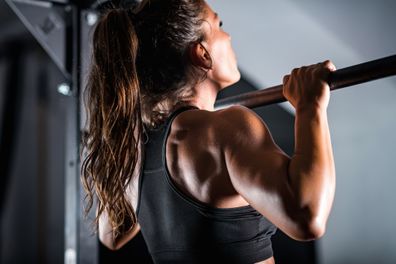
“The added weight of the backpack challenges your muscles, particularly in the legs, back and core, helping to build strength and endurance over time,” Jackson says.
It also improves your posture by engaging your shoulders and upper back muscles and pulling them back as you walk.
According to Jackson, “Rucking can be an effective way to burn calories. The heavier the backpack and the longer the distance, the more calories you are likely to burn.”
For a daily dose of 9Honey, subscribe to our newsletter here
Since it builds strength while also burning calories, rucking can be a great workout to try for those on a body recomposition journey.
“Unlike running or other high-impact exercises, rucking is generally easier on the joints, making it suitable for people of all fitness levels,” he explains.
Additionally, rucking supports bone health and density and improves balance, so it’s a great zone two workout for older adults.
READ MORE: ‘Magic’: Hilary Duff welcomes baby number four
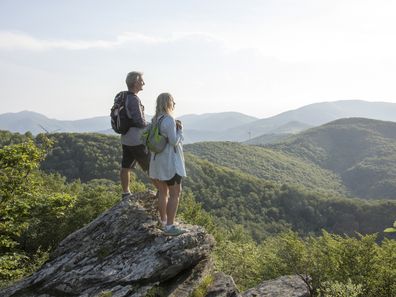
“Rucking can also be a mental challenge, as you push through discomfort and fatigue, which can help improve mental toughness and resilience,” Jackson tells us.
Plus, it gets you outside, which we know can decrease stress levels and improve mood.
“Begin with a lighter weight in your backpack, around three to five kilos and gradually increase this as you build strength and endurance,” Jackson recommends.
READ MORE: Game of Thrones star Ian Gelder dead aged 74
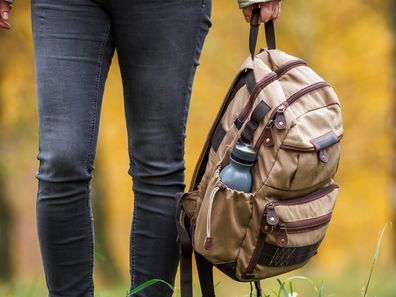
“Focus on shorter distances initially, starting from 10 to 15 minutes and gradually increasing this as you become more comfortable.”
“While specialised rucking gear is not mandatory, particularly when starting out with less weight, choosing the right backpack is crucial.
“Ensure it has a waist strap to minimise movement and evenly distribute weight. You can start out with heavy books, some bottled water, a hand weight or other household items.”
READ MORE: Onboard P&O’s Pacific Adventure cruise with two kids: How does it stack up?
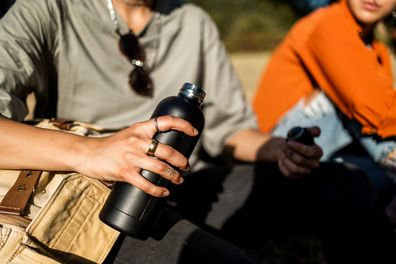
“Maintain good posture while rucking. Keep your back straight, and shoulders back and walk at a steady pace. This helps distribute the weight evenly and reduces the risk of back strain.”
“Whether you’re looking to improve your cardiovascular fitness, build strength and endurance, or simply get outside and enjoy nature, rucking is a versatile and accessible option worth considering.”
FOLLOW US ON WHATSAPP HERE: Stay across all the latest in celebrity, lifestyle and opinion via our WhatsApp channel. No comments, no algorithm and nobody can see your private details.
Important note: Always consult your physician before starting any new exercise program.
Leave a comment